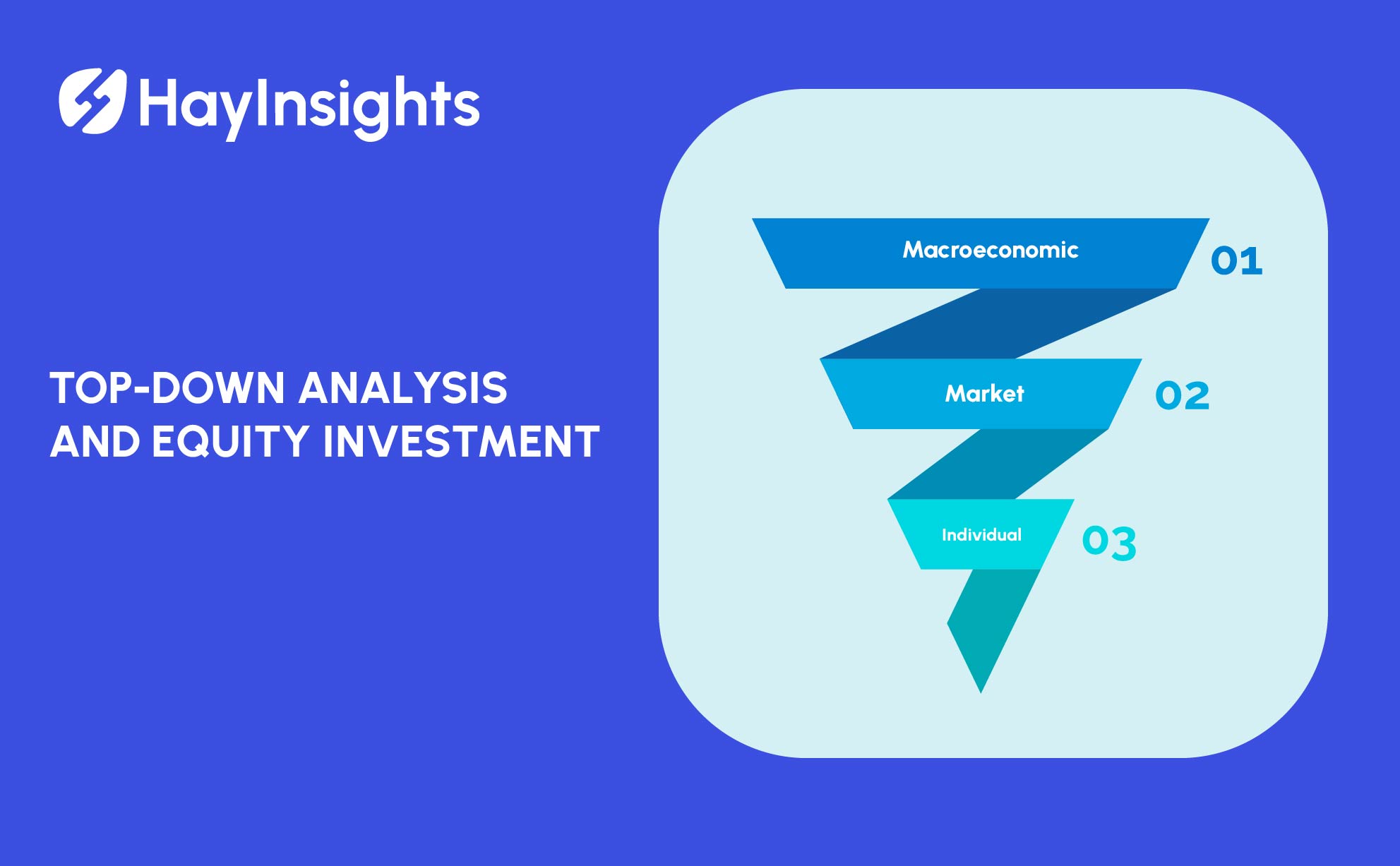
Navigating Government Bonds in Japan
Government bond is a popular investment instrument in Japan. Let’s dive in and explore what it is, how it works, and why the Japanese prefer this type of investment.
Introduction to Japanese Government Bonds
Japanese government bonds (JGBs) are a cornerstone of financial stability in Japan, offering investors a secure way to contribute to national economic health. These bonds are issued by the government of Japan and are considered among the safest investments due to the country’s stable economic backdrop.
What Are Government Bonds?
Government bonds are securities issued by governments to raise funds from investors that are returned over a defined period at a fixed interest rate. In Japan, these bonds are particularly important due to the government’s need to fund its large public debt without raising taxes excessively.
Why Japanese Bonds Are Unique
Japan’s unique economic environment, characterized by historically low inflation and interest rates, sets its bonds apart. Investors often turn to JGBs for their reliability and the government’s strong credit rating, despite lower yields compared to other countries.
The Role of Japanese Government Bonds in the Economy
Impact on the National Economy
JGBs play a critical role in managing Japan’s monetary policy and fiscal stability. They allow the government to finance public projects and manage the liquidity in the financial markets.
Influence on Fiscal Policies
The strategies behind the issuance and management of JGBs reflect broader fiscal policies, such as stimulating economic growth or controlling inflation. The Bank of Japan’s control over the bond market is a testament to the bond’s influence on the country’s financial policies.
Bond, Interest Rates, and Their Interconnection
Understanding Interest Rates
Interest rates are a fundamental aspect of bond investments. They inversely affect bond prices: as interest rates rise, bond prices typically fall, and vice versa. In Japan, the central bank’s policies to keep interest rates low have significantly influenced the bond market dynamics.
The Relationship Between Bonds and Interest Rates
Interest rates in Japan have been kept at near-zero levels, which maintains the attractiveness of JGBs for risk-averse investors and supports the government’s effort in economic stimulation.
Japanese Bonds and the Global Context
Comparing Japanese Bonds to Global Standards
When compared to bonds issued by other developed nations, JGBs offer lower yields, which is a reflection of Japan’s stable yet slow-growth economic environment.
How Japan Fits into the Top-Down Data Model
The top-down data approach involves analyzing economic indicators from the top down to make investment decisions. Japanese bond data is crucial for understanding not only domestic economic health but also its position in global finance.
Investment Strategies in Japanese Bonds
Who Invests in Japanese Government Bonds?
Both domestic and international investors are key players in the JGB market. While domestic institutions like banks and insurance companies hold a significant portion, international investors seek JGBs for portfolio diversification and risk management.
Strategic Investment in Japanese Bonds
Investors need to consider factors such as duration, yield, and the overall economic outlook when investing in JGBs. Although the returns are typically lower, the safety of these bonds makes them an appealing choice for conservative portfolios.
Government Bonds and the Stock Market
Bond Market Fluctuations and Stock Market Responses
The interplay between the bond market and the stock market in Japan is significant. Movements in JGB yields can give signals about investor confidence and are often inversely related to stock market trends.
Advanced Strategies for Bond-Stock Market Analysis
Investors use bond’ data to predict stock market movements. Techniques involve analyzing yield curves and duration to anticipate shifts in market dynamics.
Future Outlook and Innovations
Future Trends in the Bond Market
Technological advancements like AI and machine learning are expected to play a bigger role in analyzing bond markets and making investment decisions.
Innovations in Trading and Data Analysis
The integration of big data in financial markets is set to enhance the way investors use top-down data to assess bond markets, providing deeper insights and fostering more strategic investment approaches.
For financial data, visit HayInsights, an AI-powered, comprehensive data hub.
Conclusion
Japanese government bonds hold a pivotal position in the financial landscape of Japan and the global market. They offer a safe investment route while influencing monetary policies and economic stability. As technology evolves, so too will the strategies for investing in JGBs, promising new opportunities for investors worldwide.













